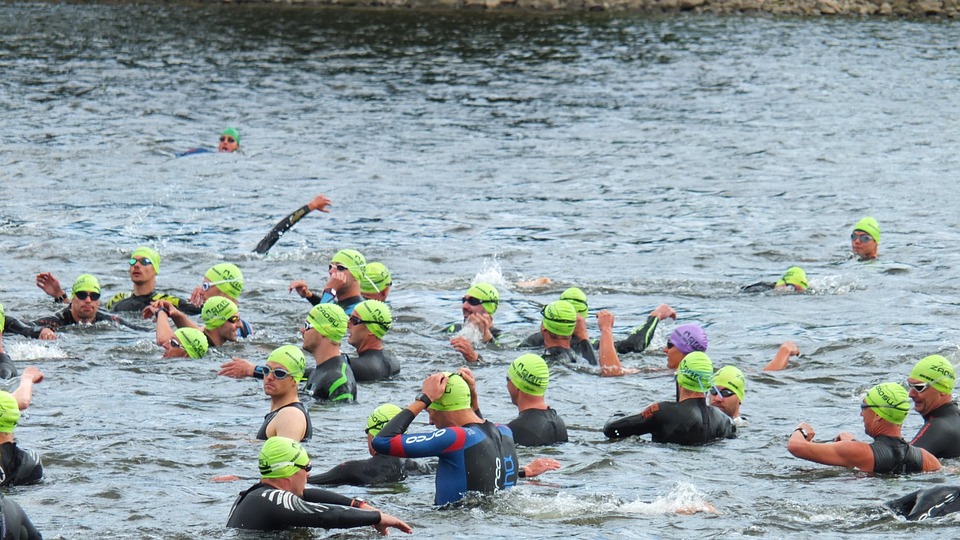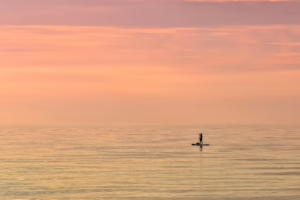The Beginner’s Guide to Conquering Your First Triathlon
Introduction to Triathlons
Triathlons are multi-sport events that consist of three disciplines: swimming, cycling, and running. They can range from shorter sprint distances to more challenging Ironman competitions. For beginners, the shorter distances are an excellent way to dip your toes into the world of endurance sports. In this guide, we’ll cover everything you need to know to embark on this exciting journey, from training tips and gear selection to nutrition and race day strategies.
The Appeal of Triathlons
Many people are drawn to triathlons for various reasons. The combination of multiple sports keeps training fresh and exciting. Additionally, the sense of accomplishment that comes with mastering three different disciplines is deeply rewarding. Many find a community within triathlon clubs and events, where camaraderie and support flourish.
Sources:
Understanding Triathlon Distances
Common Triathlon Distances
- Sprint Distance: Typically consists of a 750m swim, 20km bike ride, and 5km run.
- Olympic Distance: Often features a 1.5km swim, 40km bike ride, and a 10km run.
- Half Ironman: Involves a 1.9km swim, 90km bike ride, and a 21.1km run.
- Ironman: Covers a daunting 3.8km swim, 180km bike ride, and a full marathon (42.2km run).
For your first triathlon, a sprint distance is recommended. It’s achievable yet gives you a taste of all three disciplines.
Sources:
Training Essentials
Swimming Techniques
- Breathing: Learn to breathe rhythmically, incorporating bilateral breathing to maintain balance.
- Stroke Technique: Focus on long, fluid strokes rather than rapid churning.
- Open Water Skills: Practice in open water to acclimate to waves and currents.
Finding a local triathlon club can be beneficial. Most clubs offer swim drills and open water sessions.
Sources:
Cycling Strategies
- Bike Fit: Ensure your bike is correctly fitted to your body. A good fit can help prevent injury.
- Building Endurance: Start with shorter rides, gradually increasing your distance. Aim for at least one long ride each week.
- Transition Training: Practice transferring from bike to run to minimize fatigue during your race.
Sources:
Running Form
- Cadence: Aim for a higher cadence (more steps per minute) to improve efficiency.
- Posture: Keep your head up and shoulders relaxed.
- Pacing: Learn to run at different paces, incorporating speed work and long runs.
Sources:
Nutrition for Triathletes
Tailoring Your Diet
- Carbohydrates: Essential for fueling your workouts. Focus on whole grains, fruits, and vegetables.
- Proteins: Important for muscle recovery. Incorporate lean meats, fish, and legumes into your meals.
- Hydration: Stay hydrated, especially during workouts. Electrolyte drinks can be beneficial for longer sessions.
Race-Day Nutrition
- Pre-Race Meal: Aim for a meal rich in carbohydrates 3-4 hours before your race.
- During the Race: Practice fueling strategies during your long training sessions to see what works best.
Sources:
Gear Selection
Essential Equipment
- Swimsuit or Wetsuit: Depending on race conditions, a wetsuit can help with buoyancy and warmth.
- Bicycle: Whether racing on a road bike or a hybrid, ensure it’s well-maintained.
- Running Shoes: Get properly fitted shoes to avoid blisters and injuries.
Accessories
- Goggles: Choose a pair that fits well and doesn’t fog easily.
- Bike Helmet: A must for safety; ensure it meets safety standards.
- Race Belt: To securely hold your race number, simplifying transitions.
Sources:
Preparing for Race Day
Mental Preparation
- Visualization: Picture yourself succeeding in each phase of the triathlon.
- Mindfulness Practices: Practice deep breathing or meditation to stay calm.
- Set Realistic Goals: Focus on doing your best rather than winning.
Packing Checklist
- Tri Kit: Include your race gear, nutrition, and hydration supplies.
- Transition Setup: Plan how you’ll arrange your gear for smooth transitions.
- Post-Race Essentials: Snacks and hydration for recovery.
Sources:
Race Day Execution
The Swim Start
- Warm-Up: Do a quick swim warm-up before the race begins.
- Positioning: Start near the middle or back of the pack if you’re uncomfortable in the water to avoid being overwhelmed.
The Transition Area
- Practice Your Transitions: Familiarize yourself with the layout of the transition area.
- Be Efficient: Plan your gear layout for quick transitions.
The Bike and Run
- Pacing Strategy: Start the bike leg at a moderate pace to conserve energy.
- Stay Hydrated: Keep sipping water or electrolytes during the bike and run phases.
Sources:
Conclusion: Embracing the Journey
Triathlons can be both challenging and immensely rewarding. Remember, the journey to your first triathlon is just as important as the race itself. Celebrate the milestones, enjoy the training, and prepare for an incredible race day experience. Your first triathlon is just the beginning—who knows where this journey might take you next?
Sources:
This outline provides a comprehensive walkthrough of what to expect and prepare for when conquering your first triathlon. It’s organized into multiple sections, each with its own focal point, making it easier to digest.


























Add Comment